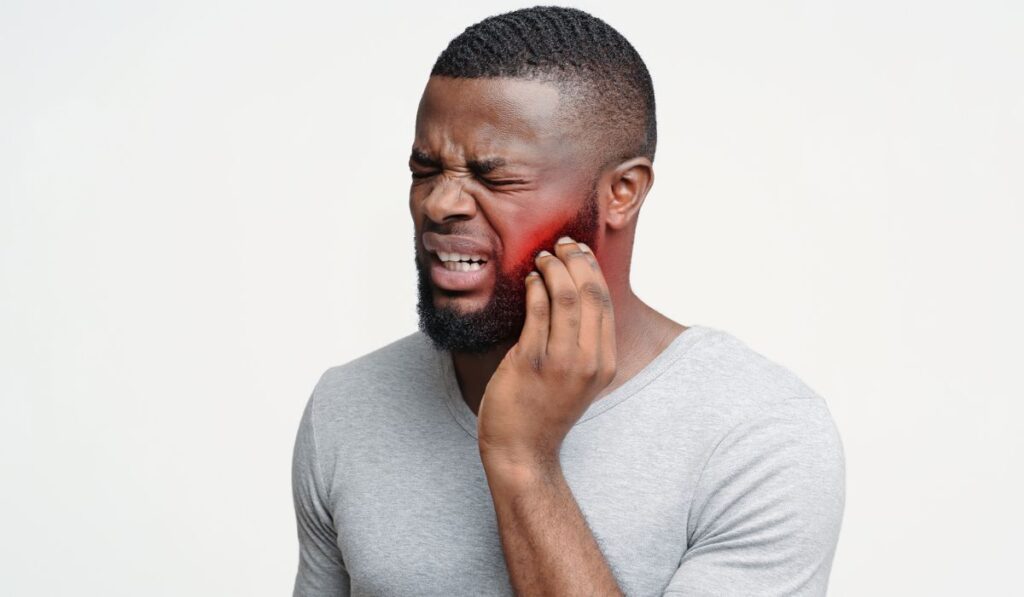Did you know that teeth are numbered according to a universal numbering system? The system is used by dentists so that they can discuss specific teeth without issue — but it may seem a bit confusing to anyone who didn’t complete dentistry school.
In the “Universal Numbering System,” teeth are numbered from 1 to 32. The numbering starts at the patient’s upper right quadrant and moves around to the left and then down to the lower jaw and back around, ending with the lower right quadrant. This system is primarily used in the US.
Luckily, dentists in the US made their numbering system so easy that anyone can use it once they get the gist of it. Let’s take a closer look at how it works and what other numbering systems exist.
How Does the Tooth Numbering System Work?

The tooth numbering system is based on the primary dentition or baby teeth. All permanent teeth have a number designating their location in the upper or lower jaw. However, different systems are used in different countries.
For example, Canada uses the ISO/FDI system, which assigns a number to each tooth in the upper and lower arch. The World Health Organization (WHO) also uses the ISO/FDI system, and the UK uses the Palmer system, which numbers each tooth the opposite of the ISO/FDI system.
In the US, the Universal Numbering System, which is also known as the American System, is primarily used.
To understand these numbering systems, it’s important to first get a grip on the dental quadrants. There are four quadrants in each arch: Upper Right (UR), Upper Left (UL), Lower Right (LR), and Lower Left (LL).
These quadrants set up the framework for the numbering system. Each quadrant contains 8 teeth (1-8), laid out counterclockwise, starting at the midline.
Universal Numbering System
In the Universal Numbering System, the numbering starts at the midline of the upper jaw (upper right quadrant) and moves outward. The teeth are numbered in a counterclockwise direction (from the dentist’s point of view), then the numbers move to the lower jaw (lower right quadrant) and again in a counterclockwise direction.
So, the upper right quadrant teeth are numbered 1 to 8, the upper left quadrant teeth are numbered 9 to 16, the lower left quadrant teeth are numbered 17 to 24, and finally, the lower right quadrant teeth are numbered 25 to 32.
Here’s how each tooth is numbered:
| UPPER RIGHT QUADRANT | |
| Central Incisor | 8 |
| Lateral Incisor | 7 |
| Canine | 6 |
| 1st Premolar | 5 |
| 2nd Premolar | 4 |
| 1st Molar | 3 |
| 2nd Molar | 2 |
| Wisdom Tooth (3rd Molar) | 1 |
| UPPER LEFT QUADRANT | |
| Central Incisor | 9 |
| Lateral Incisor | 10 |
| Canine | 11 |
| 1st Premolar | 12 |
| 2nd Premolar | 13 |
| 1st Molar | 14 |
| 2nd Molar | 15 |
| Wisdom Tooth (3rd Molar) | 16 |
| LOWER RIGHT QUADRANT | |
| Wisdom Tooth (3rd Molar) | 32 |
| 2nd Molar | 31 |
| 1st Molar | 30 |
| 2nd Premolar | 29 |
| 1st Premolar | 28 |
| Canine | 27 |
| Lateral Incisor | 26 |
| Central Incisor | 25 |
| LOWER RIGHT QUADRANT | |
| Wisdom Tooth (3rd Molar) | 17 |
| 2nd Molar | 18 |
| 1st Molar | 19 |
| 2nd Premolar | 20 |
| 1st Premolar | 21 |
| Canine | 22 |
| Lateral Incisor | 23 |
| Central Incisor | 24 |
Canadian ISO/FDI System
The Canadian System is similar to the Universal Numbering System with a slight difference. Each tooth is assigned a two-digit number. The first digit represents the quadrant, and the second digit designates its position in that quadrant.
Each quadrant is assigned a number, as follows: UR is 1, UL is 2, LL is 3, and LR is 4, and the teeth are numbered within each quadrant starting with the right side.
For example, in the UR quadrant, the central incisor would be 11, the lateral incisor 12, and so on. On the other hand, the lower left central incisor would be 33, and the lower left canine would be 34.
What Are the Numbers of Your Wisdom Teeth?
Wisdom teeth are referred to as third molars, and they’re the last adult teeth to come in (usually between ages 17–21). Humans typically have four wisdom teeth, but because of the lack of adequate space in most mouths, some people may not grow all four.
In the Universal Numbering System, they are numbered 1 (upper right), 16 (upper left), 17 (lower left), and 32 (lower right).
How to Know if You Need Wisdom Teeth Surgery

Since wisdom teeth are the last to come in, they usually don’t have enough room. As a result, they may come in crooked, only partially break through the gums, or get stuck. This is known as impaction, and it can lead to various dental problems like pain, infection, and damage to adjacent teeth.
If your wisdom teeth aren’t causing any problems, you may still need to get them monitored periodically with X-rays to check if they are erupting properly.
However, if your wisdom teeth are impacted and causing pain or infection, you may need to get them removed. Your dentist can help you determine the best course of action.
Some signs that your wisdom teeth need removal include pain, swelling, infection, and cysts. If you experience any of these symptoms, you must visit your dentist immediately.


